 Written by Gordon Hunter Meredith
Written by Gordon Hunter Meredith
“Time is running out for a prosperous energy transition.”
This was the lead sentiment of the Australian Climate Change Authority’s annual progress report, released late last year. It is also an apt reminder of how reframing the opportunities and challenges of Australia’s net-zero transition could accelerate its progression.
Much of the philosophical and theoretical concerns surrounding Australia’s attempts to decarbonise its economy centre around the concepts of a “fair and just” transition. While these are important concepts to consider in any transitional project, having them stand alone as the primary driver for change tends to highlight the harm as opposed to the potential benefits.
This tunnel vision of negativity is compounded by the efforts of opportunistic political actors, who take any opportunity to highlight the potential immediate costs of the clean energy transition to the electorate for short-term political gain. The result is a confused population, who on one hand are aware of the dire need for Australia to meet its net zero targets, but on the other hand have been told not to accept any personal costs to would allow the transition to occur given the cost-of-living crisis.
This is reflected in a recent survey published by the CSIRO which shows almost half of the 6,700 people surveyed wanted the transition towards renewable energy to happen at a “moderate” pace due to fears about the reliability of new energy technologies, and that most are unwilling to accept higher bills, at any stage, to allow the transition to occur.
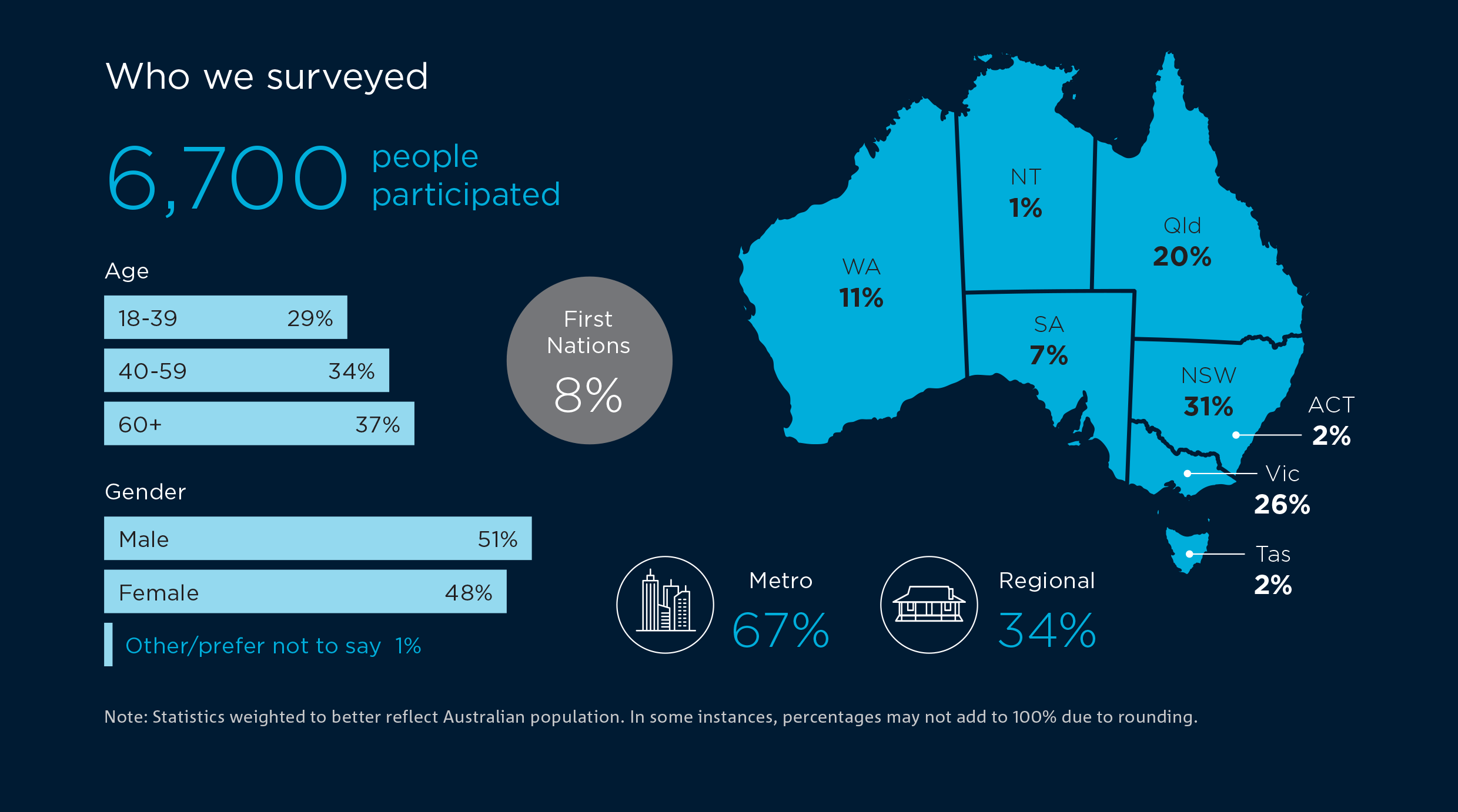
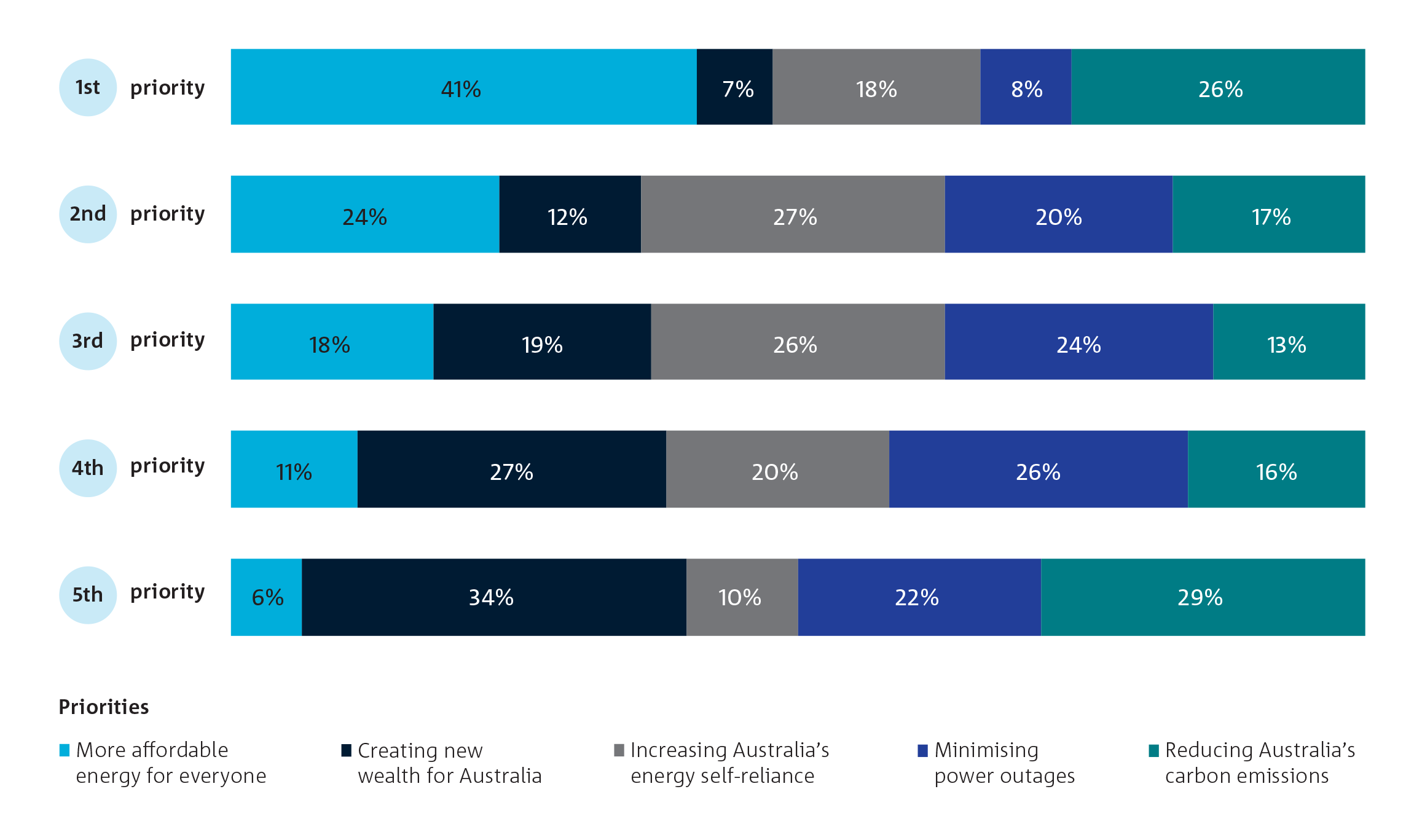
Our conversations with people across industry, however, suggest that the technology required to advance the pace of the net-zero transition is already available, albeit limited by the size of the workforce available to execute the projects, as Mervin Kall, Head of Grid at OX2 recently stated on a recent episode of Banksia Strategic Partner’s podcast “What’s At Stake?”
“I think the technology is there. It is about how quickly you can make the transition happen without endangering supply stability. It is technically possible, but you still have to do the work to then implement it.”
“You’re also constrained just by human resources. If you had 10 times the amount of people working on it, then we could make the transition happen in a far shorter amount of time.”
Mervin addressed the concerns about the ongoing cost of renewable energy in Australia, after the initial investment into the net-zero transition was accounted for;
“What you find is that renewable generators, when the primary resources are available, can bid into the market at a much lower price. So, renewables will drive electricity prices down in Australia. I think the economics over time will favour renewables over the more traditional sources of generation.”
Taking that context into account, Australia’s net zero transition doesn’t seem to have a technological problem, and it doesn’t have an insurmountable economic problem. It does, however, have a stakeholder engagement problem.
This theme was explored at length during the Victoria Chamber of Commerce and Industry’s recent “From Commitment to Action: The Journey to Net Zero” event. The panel of industry experts comprised of Richard Bolt, (Nous Group), Chau Le (Origin Energy) and Elyse Gatt (Head of Energy & Social Impact, Banksia Strategic Partners) who explored how to collectively align the needs of government, regulators, industry, and the public to allow for a prosperous transition to net-zero to occur.
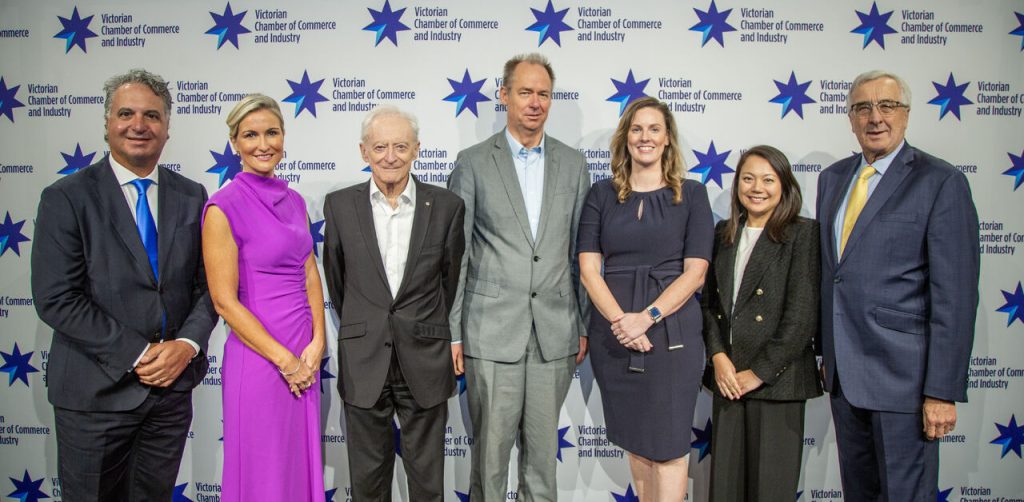
Below are some key takeaways:
Debunk the myth that the net-zero transition will be cheaper in the short-term and focus on the long-term benefits
 There is no avoiding the truth of the situation; the net-zero transition will require investment, and that investment will have a modest associated cost that is passed on to all stakeholders. That cost, however, will be an investment in everyone’s net-zero future. A future that will be more sustainable environmentally, and economically. The challenge is communicating that cost, as a long-term investment.
There is no avoiding the truth of the situation; the net-zero transition will require investment, and that investment will have a modest associated cost that is passed on to all stakeholders. That cost, however, will be an investment in everyone’s net-zero future. A future that will be more sustainable environmentally, and economically. The challenge is communicating that cost, as a long-term investment.
Upfront investments in renewable energy production, both domestically and industrially, will help drive down the cost of energy. Upfront investments in electric vehicles and commitment to strengthening the charging network will lead to not only a reduction of transport-based emissions but also a reduction in fuel and vehicle maintenance costs.
The framing of the task at hand needs to be focused less on the immediate costs of the transition, and more on the essential and prosperous long-term benefits.
Invite the NIMBYs over for tea
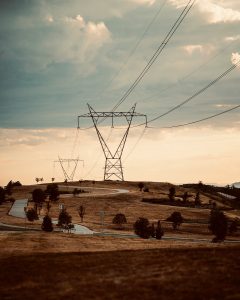 A prominent roadblock in the net-zero transition is network infrastructure, such as transmission lines, a structure that the CSIRO’s survey showed that most preferred to have ‘Not In My Back Yard.’ (NIMBY)
A prominent roadblock in the net-zero transition is network infrastructure, such as transmission lines, a structure that the CSIRO’s survey showed that most preferred to have ‘Not In My Back Yard.’ (NIMBY)
NIMBYism is common amongst significant new developments, but the same survey also showed that when the purpose of these developments was explained to affected stakeholders, those people were more likely to accept such structures being built within their communities. This good-will is often referred to as a “social licence” to operate, a concept that Elyse explained on the Vic Chamber panel;
“In terms of actual engagement, obtaining a social license is something you must do genuinely. And it is something you need to embed in your project. Getting in early and making sure that people hearing from you the first time and hearing the facts, and not letting misinformation gain traction is really important.”
“It is also important to acknowledge that every inch of our land is owned by somebody; First Nations people, traditional owners, farmers, residents, government… all of our land is owned by someone. So, speaking to the people who will be directly impacted is important. As is getting their feedback.”
“You’ve got to find out what the community cares about, and then make sure that you are communicating authentically and clearly to them and using appropriate channels.”
Highlight the opportunities of the net-zero transition to the greater community
As outlined, the transition will affect many stakeholders, but conversely it means there are benefits and opportunities for everyone as well. This includes opportunities for businesses to reduce operating costs via decarbonisation and becoming more energy efficient. Opportunities also exist for employers to grow their workforce, and for employees to transition into new careers. There are also opportunities to leave positive lasting legacies in many communities.
The energy transition is obviously extraordinarily complex, and it is very technical. Industry and government will need to bring the public along with them to gain the social licence to enact the huge societal change that needs to happen.
And there are so many benefits. Benefits that we need to communicate better. Benefits for community, benefits to business, and a lot of benefits to the public.
It won’t be cheap, and it won’t be easy – but it will be worth it.
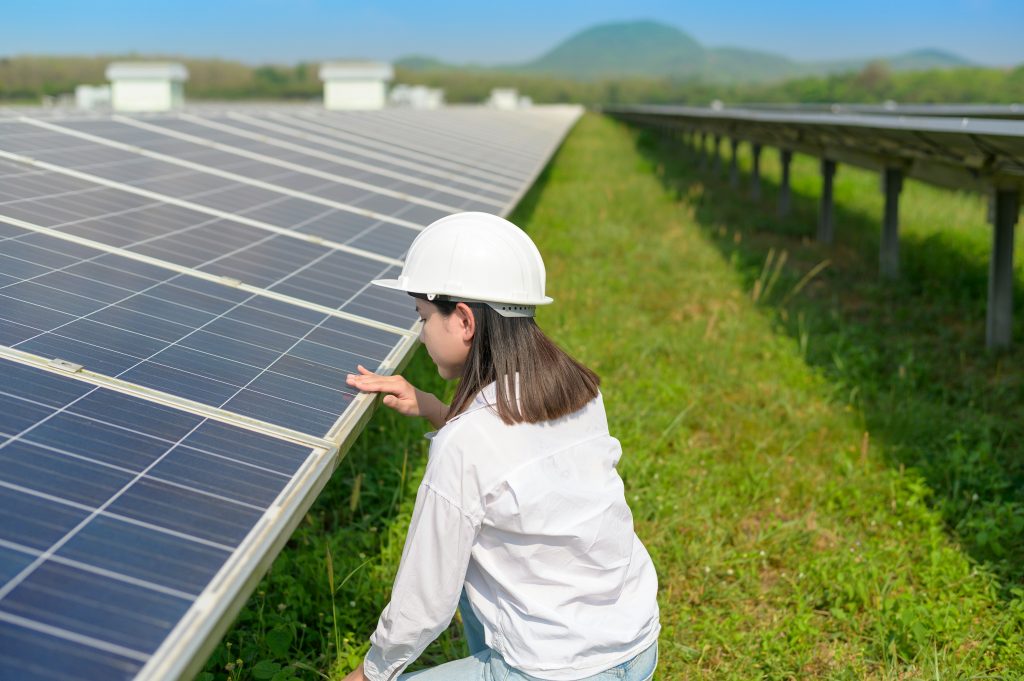 If you would like further information on stakeholder engagement or would like assistance with the communications surrounding your next complex project, please contact us here.
If you would like further information on stakeholder engagement or would like assistance with the communications surrounding your next complex project, please contact us here.


